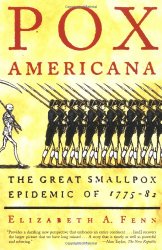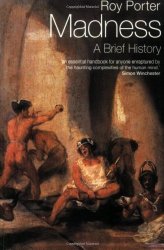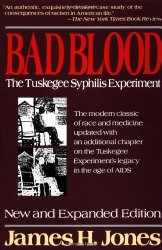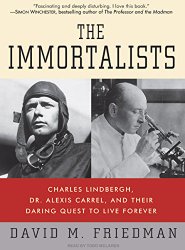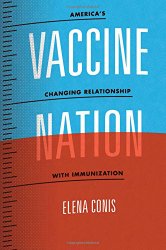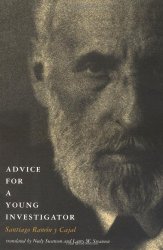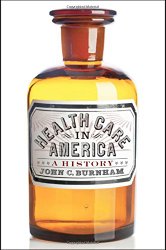A horrifying epidemic of smallpox was sweeping across North America when the War of Independence began, and until now we have known almost nothing about it. Elizabeth A. Fenn is the first historian to reveal how deeply Variola affected the outcome of the war in every colony and the lives of everyone on the continent. Her remarkable research …
History of Medicine
The second edition of this popular textbook provides an introduction to the principles and methods of epidemiology. Since publication of the first edition in 1993, Basic epidemiology has become a standard reference for education, training and research in the field of public health and has been translated into more than 25 languages. It is used widely for …
Looking back on his confinement to Bethlem, Restoration playwright Nathaniel Lee declared: “They called me mad, and I called them mad, and damn them, they outvoted me.” As Roy Porter shows in Madness: A Brief History, thinking about who qualifies as insane, what causes mental illness, and how such illness should be treated has varied wildly throughout recorded …
Bad Blood: The Tuskegee Syphilis Experiment, New and Expanded Edition
From 1932 to 1972, the United States Public Health Service conducted a non-therapeutic experiment involving over 400 black male sharecroppers infected with syphilis. The Tuskegee Study had nothing to do with treatment. Its purpose was to trace the spontaneous evolution of the disease in order to learn how syphilis affected black subjects.From 1932 to 1972, the United States …
The Immortalists: Charles Lindbergh, Dr. Alexis Carrel, and Their Daring Quest to Live Forever
The Immortalists is the fascinating story of the friendship and extraordinary scientific collaboration of two prodigious men: Charles Lindbergh, once the most famous person in the world, and Dr. Alexis Carrel, the Nobel Prize winner regarded by many as the most brilliant surgeon who ever lived.Lindbergh and Carrel met not long after Lindbergh’s “victory lap” around the world, …
Vaccine Nation: America’s Changing Relationship with Immunization
With employers offering free flu shots and pharmacies expanding into one-stop shops to prevent everything from shingles to tetanus, vaccines are ubiquitous in contemporary life. The past fifty years have witnessed an enormous upsurge in vaccines and immunization in the United States: American children now receive more vaccines than any previous generation, and laws requiring their immunization against …
Dragon’s Blood & Willow Bark: The Mysteries of Medieval Medicine
A time when butchers and executioners knew more about anatomy than university-trained physicians – the phrase ‘Medieval Medicine’ conjures up horrors for us with our modern ideas on hygiene, instant pain relief and effective treatments. Although no one could allay the dread of plague, the medical profession provided cosmetic procedures, women’s sanitary products, dietary advice and horoscopes predicting …
Santiago Ramón y Cajal was a mythic figure in science. Hailed as the father of modern anatomy and neurobiology, he was largely responsible for the modern …
In Health Care in America, historian John C. Burnham describes changes over four centuries of medicine and public health in America. Beginning with seventeenth-century concerns over personal and neighborhood illnesses, Burnham concludes with the arrival of a new epoch in American medicine and health care at the turn of the twenty-first century.From the 1600s through the 1990s, …
The 18th century was a wealth of knowledge, exploration and rapidly growing technology and expanding record-keeping made possible by advances in the printing press. In its determination to preserve the century of revolution, Gale initiated a revolution of its own: digitization …
